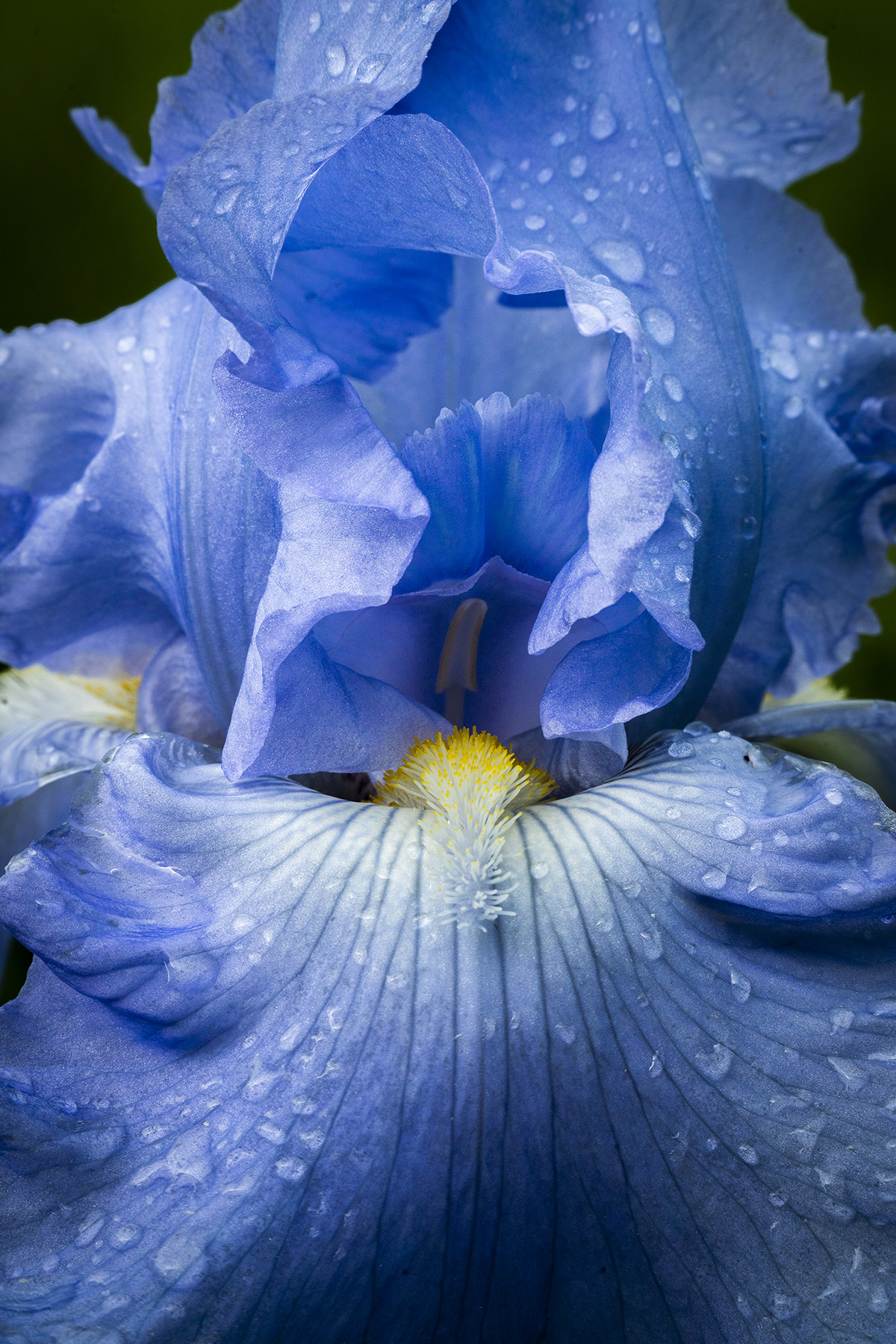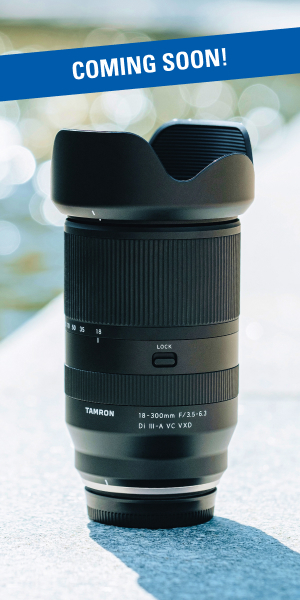Elegir el objetivo adecuado para tu cámara puede resultar abrumador, sobre todo con tantos tipos, distancias focales y funciones disponibles en el mercado. Tanto si eres un principiante como un fotógrafo experimentado, saber elegir el mejor objetivo para tus necesidades fotográficas es esencial para capturar grandes imágenes. El objetivo de tu cámara lo afecta todo, desde la nitidez de la imagen y la profundidad de campo hasta el encuadre y el enfoque. Por eso, elegir el objetivo adecuado es una de las decisiones más importantes que tendrás que tomar en tu viaje fotográfico.
Lo que aprenderá en este artículo:
- Cómo elegir el objetivo adecuado en función de su estilo fotográfico (paisaje, retrato, macro, etc.)
- Diferencias entre objetivos de focal fija, zoom y macro, y cuándo utilizar cada uno de ellos
- Qué debe tener en cuenta al comprar un objetivo para su cámara DSLR o sin espejo
- Cómo afectan la distancia focal y el diafragma a tus imágenes
- Consejos para elegir el objetivo que mejor se adapte a tus necesidades futuras
Paso 1: Identifique su estilo fotográfico y sus necesidades
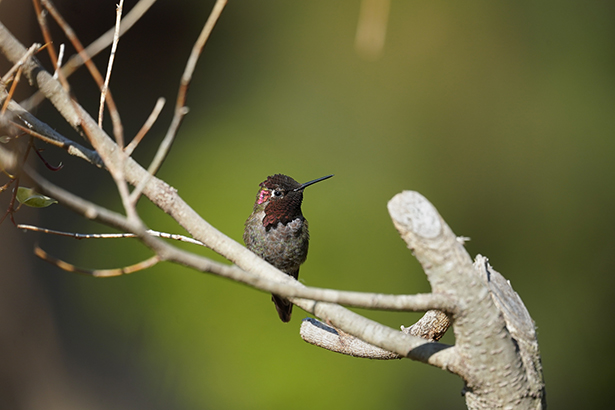
Antes de elegir la lente adecuada, pregúntese:
- ¿Qué fotografío con más frecuencia (por ejemplo, paisajes, retratos, deportes, viajes)?
- ¿A qué distancia estaré de mis súbditos?
- ¿Quiero versatilidad o prestaciones especializadas?
Sus respuestas guiarán su decisión.
Paso 2: Comprender los tipos de objetivos de cámara
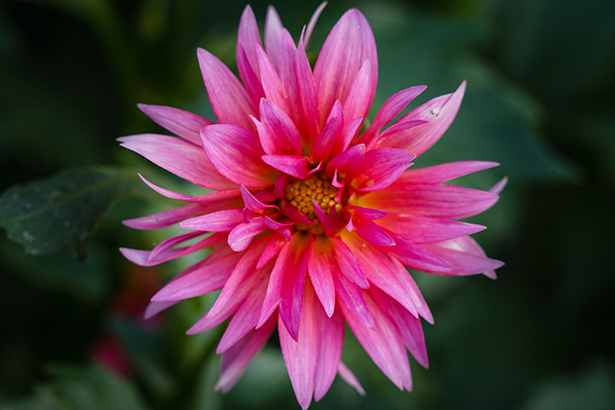
Objetivos zoom
Los objetivos zoom cubren una gama de distancias focales en un solo objetivo, ofreciendo flexibilidad sin cambiar de equipo. Ideal para fotógrafos que fotografían una gran variedad de temas.
1. Objetivos de zoom rápido (f/2,8 o superior)
- Lo mejor para: Fotografía con poca luz, retratos con fondos suaves
- ¿Por qué? Los diafragmas amplios permiten captar mejor la luz y aislar al sujeto
2. Objetivos zoom todo en uno (por ejemplo, 18-300 mm)
- Lo mejor para: De viaje, informal y de uso diario
- ¿Por qué? De gran angular a teleobjetivo en un solo objetivo, ideal para llevar poco equipaje
3. Objetivos zoom estándar (por ejemplo, 24-70 mm, 28-75 mm)
- Lo mejor para: Fotografía cotidiana, retratos, eventos
- ¿Por qué? Rango focal versátil, bueno tanto para escenas amplias como para tomas más ajustadas
4. Objetivos zoom gran angular (por ejemplo, 11-20 mm, 17-50 mm)
- Lo mejor para: Paisajes, arquitectura, interiores
- ¿Por qué? Captura escenas amplias y espacios reducidos con una distorsión mínima
5. Teleobjetivos con zoom (por ejemplo, 70-180 mm, 150-500 mm)
- Lo mejor para: Vida salvaje, deportes, retratos a distancia
- ¿Por qué? Acerca los sujetos lejanos, comprime el fondo
Objetivos de focal fija
Objetivos tienen una única distancia focal, pero a menudo ofrecen una nitidez superior y aperturas más amplias.
- Lo mejor para: Retratos, fotografía de calle, entornos con poca luz
- ¿Por qué? Los diafragmas ligeros y rápidos (como f/1,8 o f/1,4) ofrecen poca profundidad de campo y un gran aislamiento del sujeto
- Recomendado para: Principiantes que aprenden composición o profesionales que buscan claridad óptica
Objetivos macro
Objetivos macro están diseñados para la fotografía de primeros planos con gran detalle.
- Lo mejor para: Flores, insectos, fotografía de productos
- ¿Por qué? Distancia de enfoque corta y aumento 1:1 para un detalle extremo
- Genial para: Fotógrafos de naturaleza y creadores de contenidos que necesitan imágenes nítidas y detalladas
Guía de objetivos Tamron por categoría

Paso 3: Adaptar el objetivo al tipo de cámara
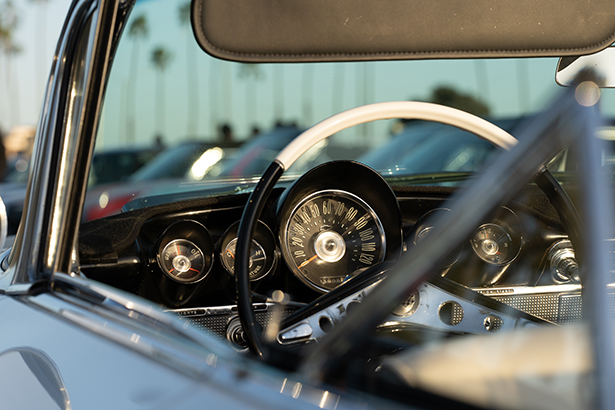
Las diferentes monturas y tamaños de sensor (APS-C frente a full-frame) afectan a la compatibilidad de los objetivos. Compruébalo siempre:
- Tipo de montura (Canon EF, Sony E, Nikon Z, etc.)
- Factor de recorte del sensor: los objetivos APS-C pueden funcionar en cuerpos de fotograma completo, pero a menudo con limitaciones.
- Si tienes pensado actualizar, considera los objetivos compatibles con montura completa para una mayor durabilidad.
Paso 4: Presupuesto y garantía de futuro
- Invierte en cristal de calidad a largo plazo: los buenos objetivos duran más que los cuerpos de las cámaras.
- Busca objetivos que se adapten a tus futuros planes fotográficos
- Evita comprar objetivos especializados a menos que se ajusten a tu estilo fotográfico más frecuente
Conclusión: La elección de la lente adecuada empieza por ti
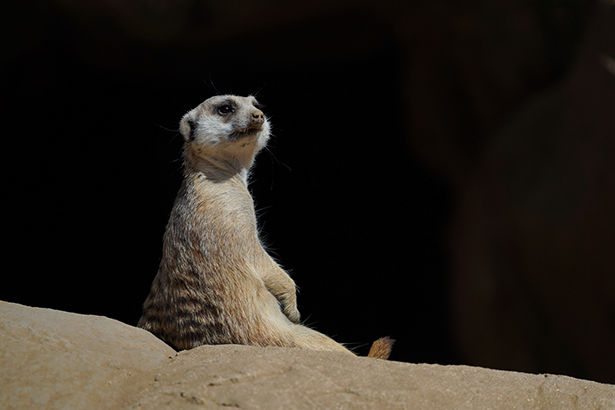
Saber qué quieres fotografiar y cómo quieres que sean tus imágenes es el primer paso para elegir la lente adecuada.s. Tanto si desea capturar amplios paisajes como expresivos retratos o el intrincado mundo del macro, hay un objetivo perfecto para sus necesidades.
Conozca la gama de objetivos Tamron en un distribuidor autorizado Tamron en su zona o visite la Tienda TAMRON hoy mismo y elija la lente más adecuada para usted.
Más consejos fotográficos | Ver vídeos | Más información sobre los objetivos Tamron | Galería de fotos
